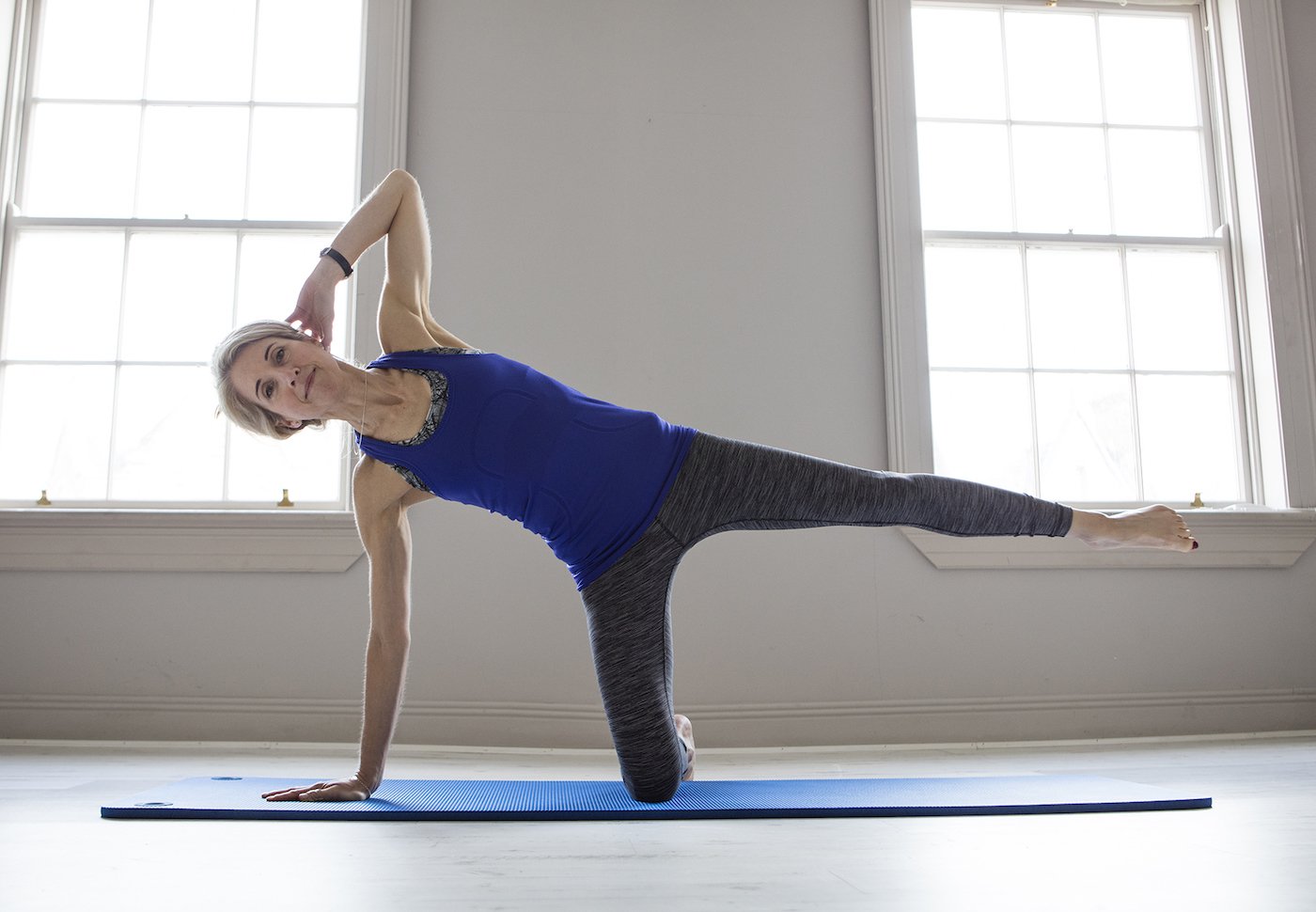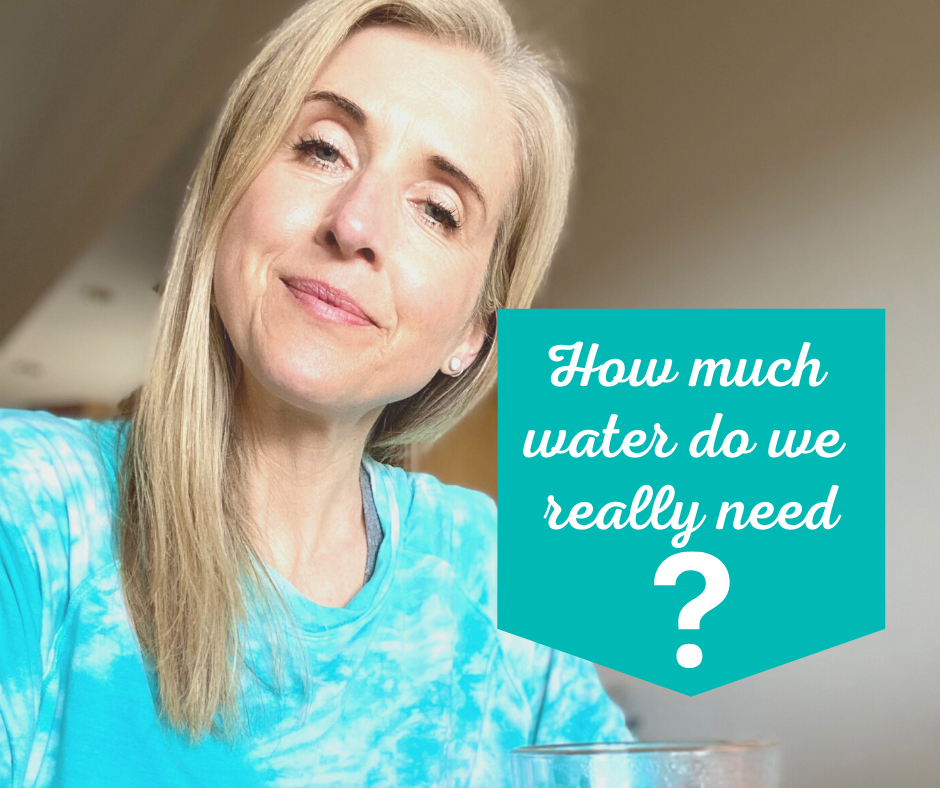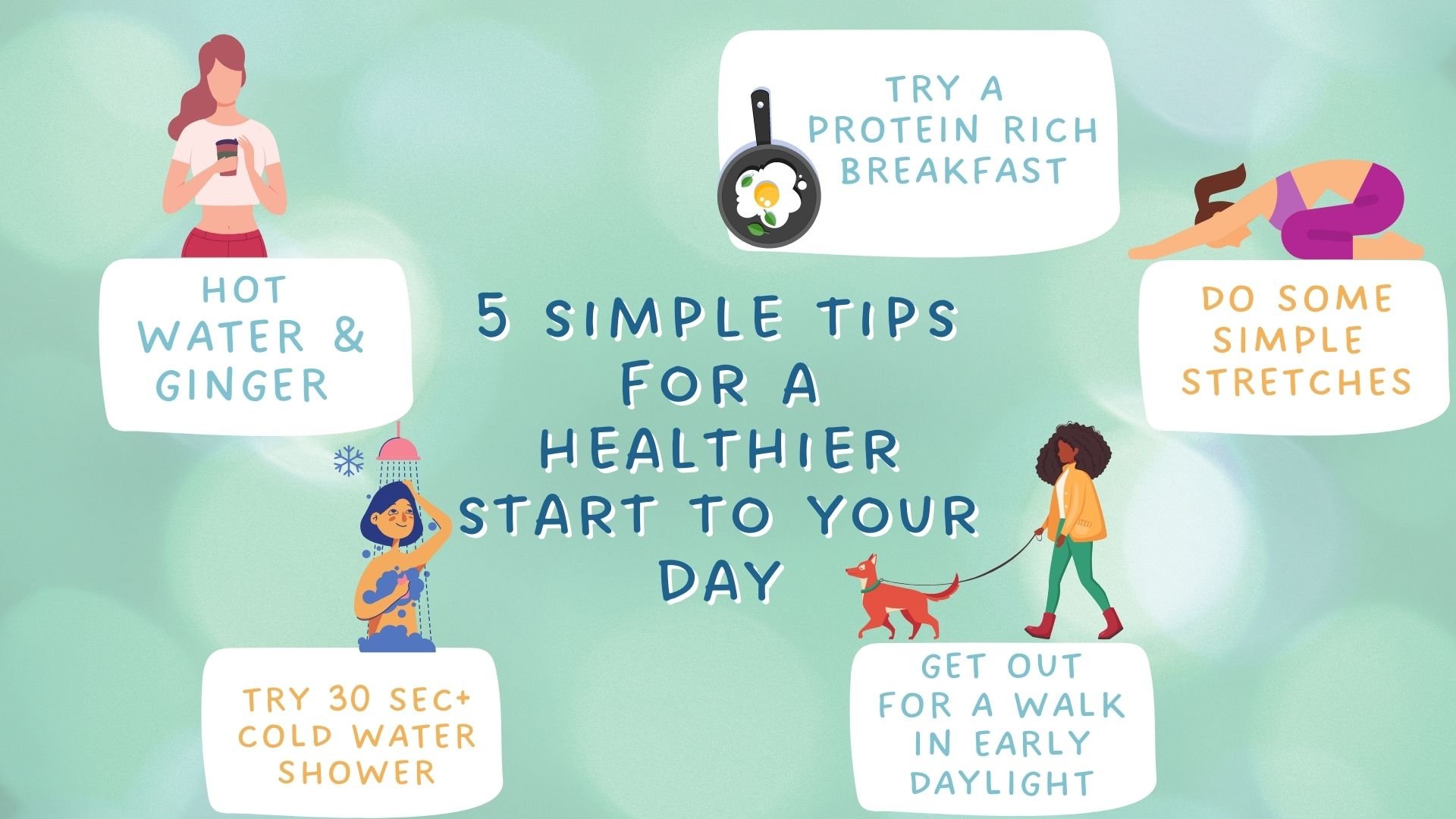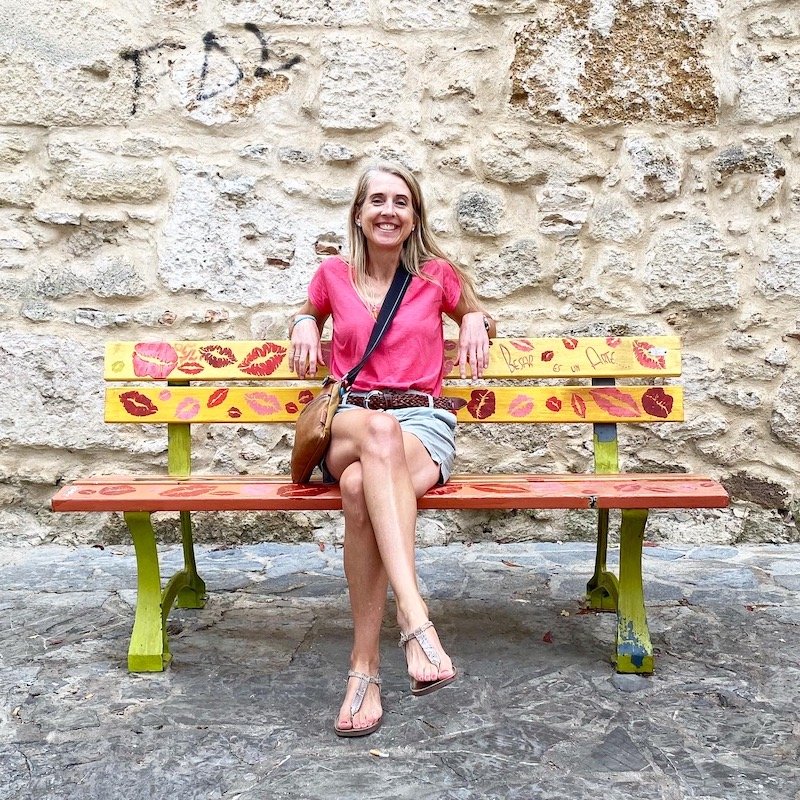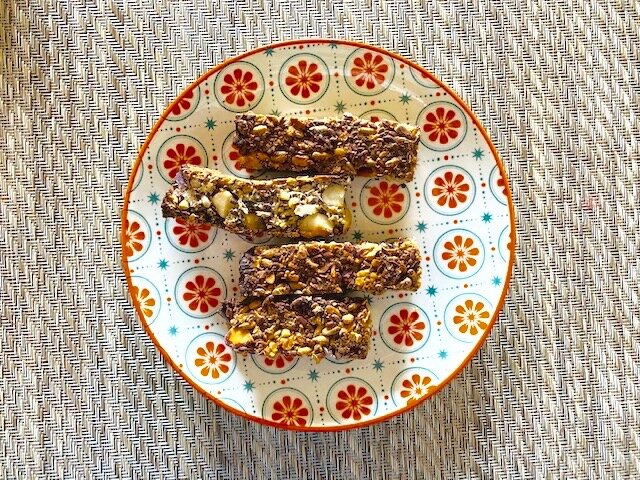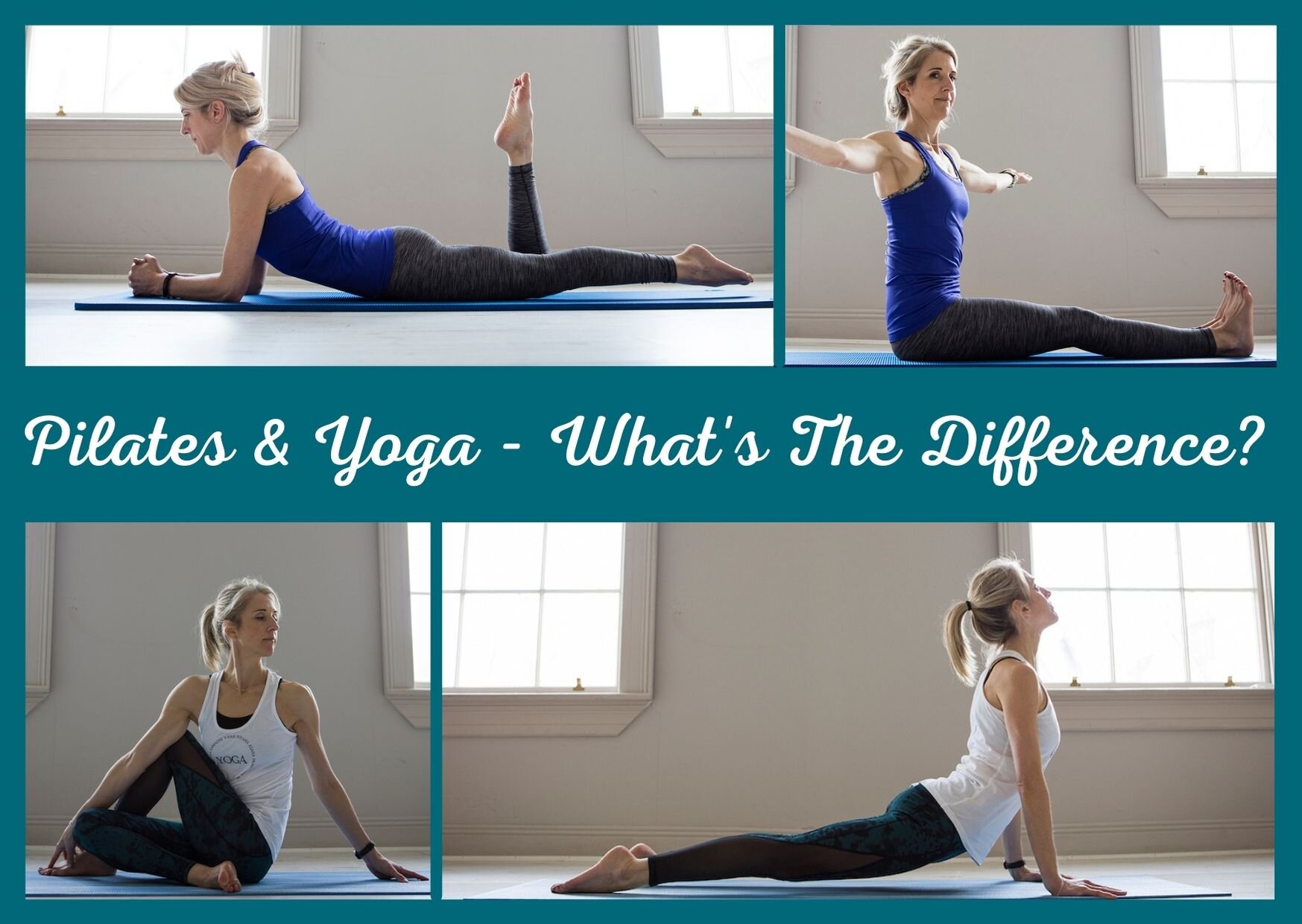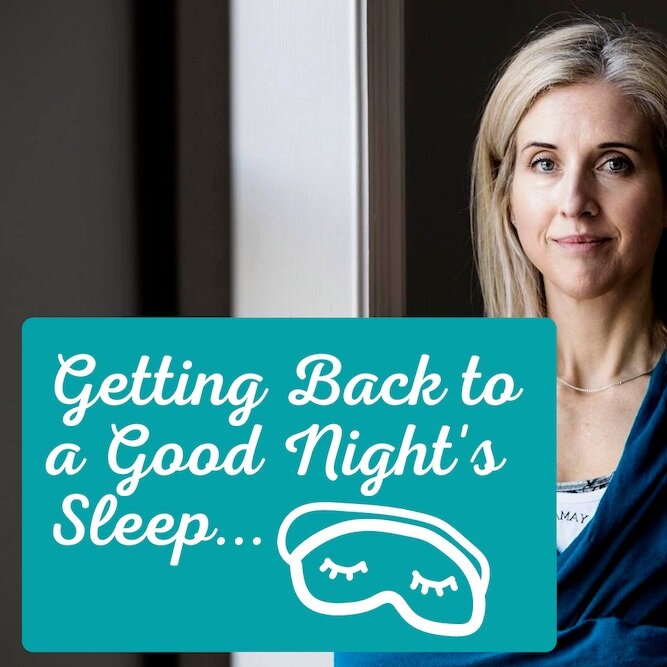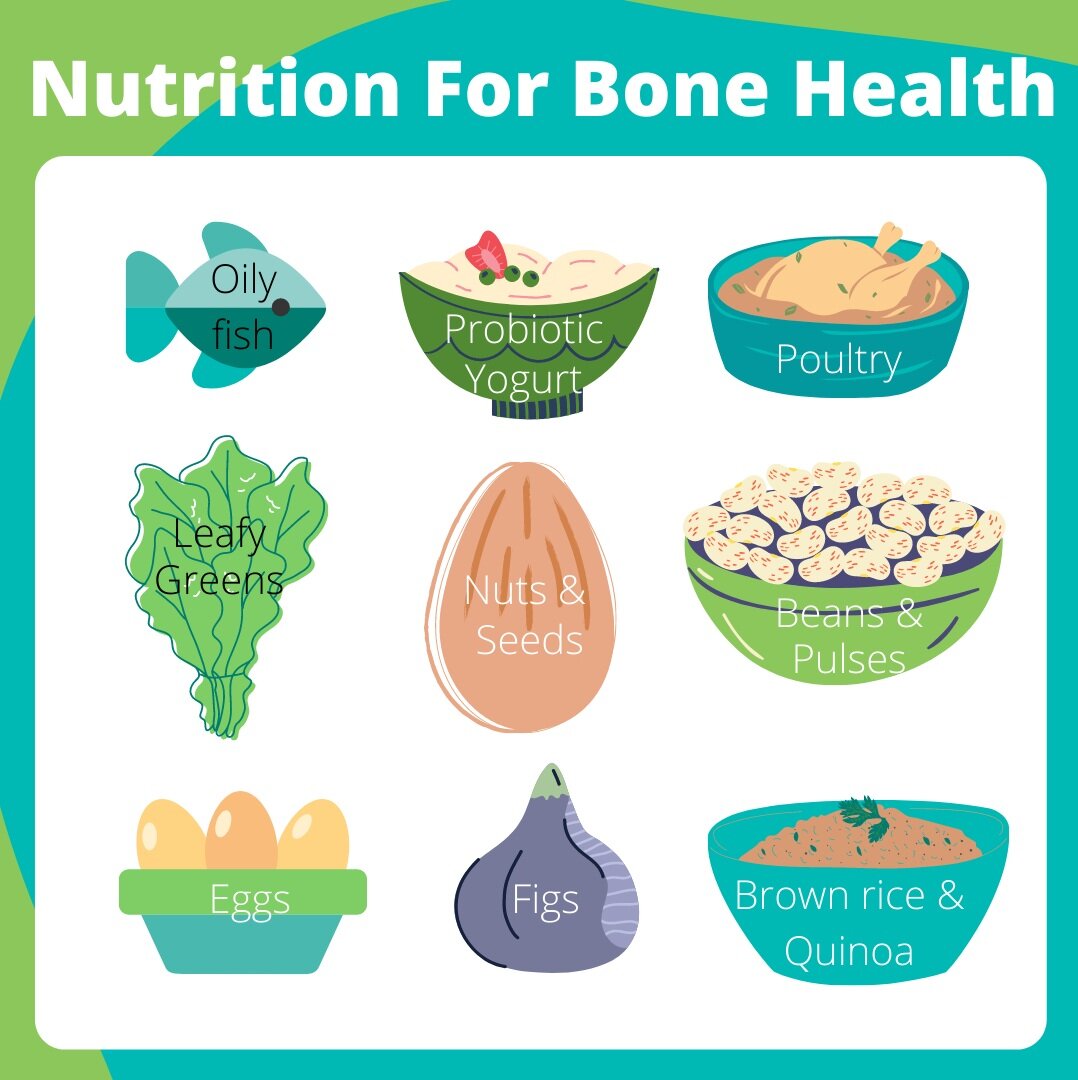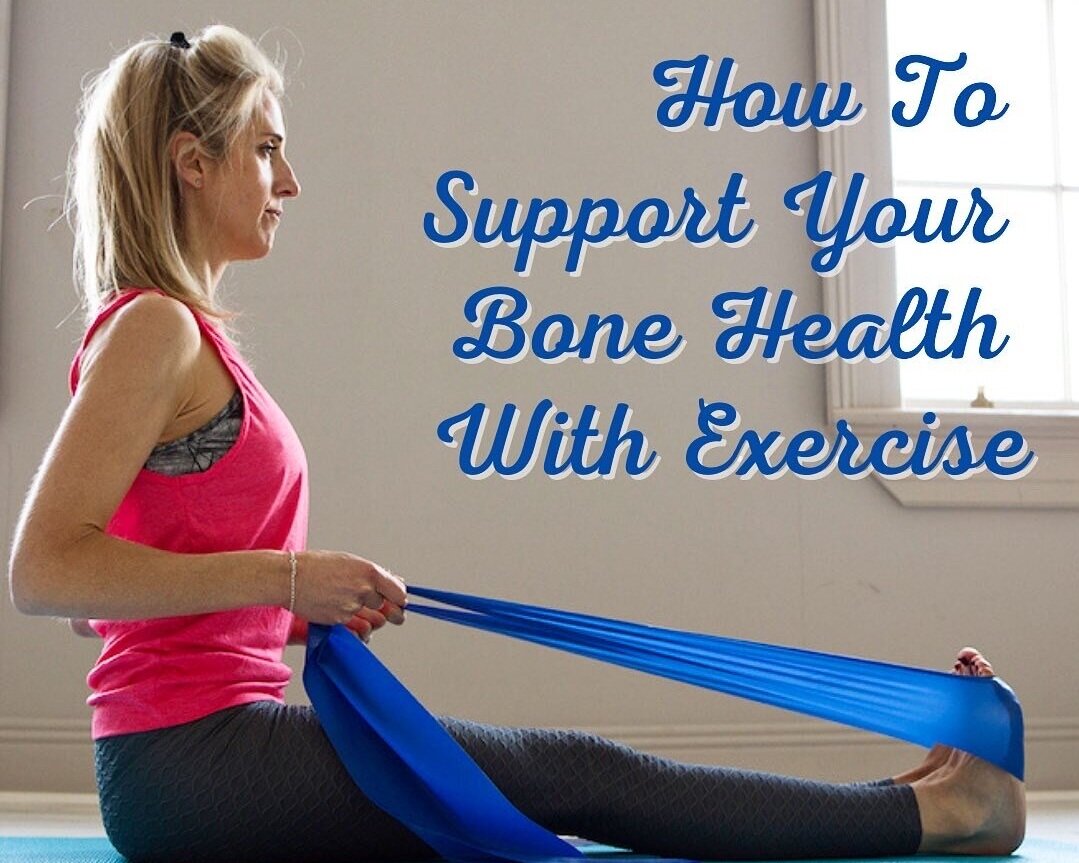Thinking about signing up to Pilates class and would like to know a little bit more about this non impact exercise system? For more information on it’s origins and benefits, read on.
Read moreTips for a Healthy Christmas..
Some simple guidelines for a happy, healthy Christmas.
Read moreLife changing →
From Dublin to Tramore, from an established little business to starting again and finally buying my own house. 2023 was indeed life changing.
Read moreSecrets to a Successful New Year’s Resolution
Tips for success when it comes to designing and executing your new year’s resolution.
Read moreWhat's the secret to maintaining a healthy diet, saving money and reducing waste?
Loads of tips and tricks to help you maintain a healthy diet, save money on your groceries and reduce food waste
Read moreHow much water do we really need? →
Do we really need 8 x 8 glasses of water a day? Increasingly experts are saying no…
Read more6 Simple Tips for a Healthier Working Day
Simple tips for the office or home office that can help improve your health on a daily basis.
Read more4 Reasons Core Strength is Important for Runners
Find out the reasons why core strength is important for runners.
Read more5 Simple Tips For A Healthy Start To Your Day
Now I realise that not everybody is naturally a morning person, so it might be enough to just drag yourself out of bed rather than adding items to your list of things to do in the morning, but these measures are very simple and each one can help enhance your day.
1) Hot / warm water and ginger first thing
Ginger is great for our digestive system, it also has anti-oxidant, anti-bacterial and anti-inflammatory properties . I keep a jar of peeled, chopped ginger in the fridge, I have a big beer tankard that I pop it into first thing in the morning, I then try and drink the whole thing before my first class / client appointment, which doesn’t always happen, but when it does I feel smugly hydrated. I keep it topped up with hot water throughout the day. Most of the nutrients are just inside the skin, so try to lightly peel rather than chop too much of it away.
2) Consider including protein in your breakfast
It’s important we get enough protein in our diet. Protein is involved in building and repair in the body and is vital for healthy muscles and bones. From mid / late 30s onwards we start to lose muscle and bone, women in particular during perimenopause / menopause are effected by the depletion of oestrogen and need to be mindful of their bone mineral density. Eggs are the gold standard of protein and a perfect breakfast option (if you like eggs!). Protein, as well as providing material for muscles and bones, will keep you satiated for longer and you won’t get that energy peak and drop that you can get from many processed cereals and juices*. Can’t do the eggs? Porridge also fairs well on the protein front and you can add some seeds and a dollop of live natural yogurt which contains protein and healthy bacteria to benefit your gut.
*With cereals and juices check out the ‘sugar’ from carbs on the ingredients label. A breakfast high in sugar may provide a satisfying energy surge straight after eating but can leave us feeling hungry or sluggish mid-morning once that surge subsides. E.g. Flahavans porridge contains .9g sugars from carbs per 100g whereas Special K contains 15g sugar from carbohydrates per 100g.
3) Cold water showers
If you’re not into early morning sea swims, 30 sec to 2 minutes of cold water add the end of your shower can actually have similar health-enhancing benefits – helping to boost the immune system, as well as energy and mood. Research is starting to show that cold habituation decreases inflammatory responses over time. So try a quick cold blast at the end of your nice steamy shower, perhaps not quite as sociable as the sea swims, but certainly easier and convenient. And just for the record, I’m totally into early morning sea swims…mid-summer…in Greece.
4) A brisk morning walk
Getting out for a brisk walk in morning light can actually help improve your sleep, boost your mood (helping to offset the effects of SAD in the winter) and cut your risk of heart disease and diabetes.
Any form of walking outside during the day is good, but going in the morning is like a gentle alarm to let our body and brain know that the day has started. Light helps reset our body clock, which in turn tells our body when to go to sleep and when to wake up. The earlier you have exposure to daylight the better for your sleep, possibly even making it deeper with less chance of waking up. Light exposure also triggers the release of serotonin which is a feel good hormone, helping to boost our mood. Brisk walk = moderate-intensity exercise where our heart is beating a little faster, we’re breathing a little heavier but we can still hold a conversation.
5) Some Gentle Stretches
Simple stretches, the likes of child’s pose, lying on your back and hugging your knees to your chest and figure 4 stretch are all lovely and simple stretches to do in the morning to help stretch the muscles around hips and lower back.
The Benefits Of Exercise Snacks
When I hear the word ‘snack’ – my mind goes to slices of apple and almond butter or those fabulous Nairns coconut oat biscuits, but no, I’m talking about exercise snacks here. Convenient bitesize chunks of exercise, which we can easily fit into our day and which research has shown to be as beneficial than longer bouts of exercise and in some areas even more beneficial.
The HSE and NHS recommend a minimum of 30 minutes of moderate-intensity exercise (e.g. brisk walking, cycling or any activity where you’re breathing a little harder, upping the heart rate) for adults five days a week. It doesn’t sound like much however life can get in the way and sometimes 30 minutes can get swallowed up by our day.
So what are the benefits…?
1. Convenience
One of the top reasons people give for not exercising is time. But finding 15, 10 or even 5 minutes a few times a day make exercise a lot more accessible. It might mean getting up 15 minutes earlier to do a quick online class, it might be just doing 3 x sets of squats while you’re in your kitchen waiting for the kettle to boil, if you’re going to be on a call for walk can you put your earplugs in and do it while you’re walking? Perhaps it’s just going up and down the stairs a few times. Another convenient thing here is that we don’t need to get changed into our fitness gear or use equipment. We just need to move.
2. Boost Metabolism (several times a day!)
Short chunks of exercise during the day may actually help you burn more calories – because you can maintain a higher intensity for a shorter period, but also you’re powering up your ‘engine’ more than once a day benefitting from that afterburn effect of exercise.
There is evidence from a small number of studies that short bouts of exercise throughout the day can have a more favourable effect on fat loss and LDL cholesterol than longer bouts.
3. A great way to start to exercise or return to exercise
If you have never exercised before, and it’s never too late to start, short bursts of exercise a few times a day is a great way of easing yourself in gradually. The same applies if you’re returning to fitness after an injury or illness, start with small chunks and build yourself up, allowing your body to adapt and fitness to rebuild. Be mindful that you should seek clearance from a health professional if you’re starting out or if you are returning after serious health issues.
4. Improve Your Energy & Productivity
Apparently Dan Brown, author of the ‘Da Vinci Code’ does one minute of push-ups for every hour that he writes. He finds it helps boost his energy and productivity and we all know that sitting at our desk for hours on end can have a detrimental effect. Setting a timer to get up and move every 45 - 60 minutes can be a useful way to help you get snacking.
5. Enjoy the exercise mood boost several times a day!
Physical exercise works as a trigger for happy hormones, helping to improve our mood and benefitting not just our physical health but our mental health too.
Snacking just doesn’t get any better!
If you’d like to try out some exercise snacks I’m doing a 15 – 20 minute exercise challenge Monday to Thursday from 7.30 on Insta live. Join in or do the recording.
Vegetarian Nut Roast - it's not just for Christmas...
Every year for Christmas, the chef, aka the Ma makes a nut roast for me ‘the awkward vegetarian’. Now I’d just like to point out I do volunteer to cook, but while my brother is often stand-in or sous chef, I’m usually relegated to clean-up duties and alternate shifts with my Dad. My lack of success in being allowed to cook a full meal for my family reminds me of my attempts to get a solo singing part in my primary school plays - they always found something else for me to do. Ok, I just had to get that off my chest - back to the best ever vegetarian nut roast. The champion nut roast of Christmas 2021 - recipe from none other than Delia Smith.
Whoomp here it is;
Curried Nut Roast
serves 4
225g mixed hazel, brazil and/or walnuts, finely chopped
8 tomatoes, peeled and chopped
1 medium green peppers, de-seeded and finely chopped
2 medium onions, finely chopped
75g wholewheat breadcrumbs
1 clove of garlic, crushed
1 teasp dried or 2 teaspoons chopped fresh mixed herbs.
1 tbsp mild curry powder or 1 teaspoon hot madras curry powder
1 egg beaten
Olive oil
Salt and freshly–milled black pepper
Preheat oven to gas mark 7 / 425°F / 220°C
Grease a 7 inch/18cm square cake tin
Begin by gently frying the onions and chopped pepper in a little oil until they are softened (about 10 minutes).
Meanwhile, mix the nuts and breadcrumbs together in a large bowl, adding the garlic, herbs and curry powder. Then stir in the onions, pepper and tomatoes, mix very thoroughly and season. Now add the beaten egg to bind the mixture together.
6. Finally, pack the mixture into the prepared tin and bake for 30 to 40 minutes until golden.
A homemade tomato sauce is a perfect accompaniment for this. It’s also yummy served cold with a salad.
I almost forgot…Happy New Year Peeps!
A Mini Adventure
While my work life remains fully online for the next few weeks, I decided to make hay while the sun shines and try this whole working from abroad malarkey and what better time to do it than October? The temperatures are dipping in Ireland, but it's still a balmy average of 26 degrees here in El Puerto de Santa Maria, on Spain’s Costa de la Luz, the sun is still here, but the bulk of the tourists and mozzies have departed.
I found a little airbnb apartment in this town where I've never been before and so far so good. Having done a little bit of research before I arrived, I’ve been getting my bearings. My first task was to get myself to Decathlon which is only 1.7km up the road. I needed a good thick yoga mat and dumbbells for my classes. I walked up on the toasty warm Saturday morning - loaded up, was very pleased with myself coming out of Decathlon, loaded down with 8kg of equipment. It turns out they don't have Uber in El Puerto. Cue a very puffy panty sweaty walk back to the apartment. Later that day, not fully convinced by my apartment’s wifi - hence the reason there’s no picture included in this post - it doesn’t like uploading or downloading and is downright contemptuous towards netflix, I attempted to buy a dongle from Vodafone, but after much gesticulating and fruitless googling, I left empty-handed. Spanish for dongle anyone?
If you like fish, I’m pretty sure you would love it here, the place is falling down with fish restaurants. I don’t. I wish I liked fish and instead of being a pesky vegetarian could be a pescetarian. I also wish I spoke more than ten words of Spanish. My usual tapas staple in Spain of tortillas, pimientos de padron and deep-fried aubergine have been replaced with fishy versions. I was close to fainting yesterday when I found a place that served a non-meat or fish salad. With all that said the supermarkets and food market are fabulous AND I have to keep reminding myself and everyone else, that I'm not actually on holiday, so eating out every day isn't part of the plan. And I am determined to improve my Spanish. Lessons start this week.
But life is settling into a routine, I've got into a nice little morning ritual - up early, do all the usual bits I do when I'm at home but I have an extra hour to do it and don't have any of the distractions. My new favourite morning activity is listening to the Irish weather forecast. Gloat? Me? Never!
While I have a close friends a couple of hours up the road and down the road, I don't know anyone else in the immediate area, however I am determined to make an effort to meet some people. With a major push to exit the comfort zone, I joined an ex-pat facebook page where I found a Spanish teacher, have been invited on a hike and wrote a post saying where I was, that I was a total newbie and would anyone like to meet for coffee. My toes were absolutely curling when I did it and it does feel like standing in the middle of a playground asking would anyone like to be my friend? After several 'likes', which mortified me further, I've found a willing coffee companion who can hopefully give me the inside track and isn’t deranged.
So for the next few weeks, I'll be broadcasting live from El Puerto - business as usual - think Emily in Paris but 'Gráinne in El Puerto de Santa Maria', really rolls of the tongue, and more Decathlon and flea markets than Chanel and Balenciaga. I've yet to find an extremely handsome chef who makes a great Spanish omelette in the building but I'll keep looking.
Hasta luego babies!
The Joy of Decluttering
Ever get to that stage when the amount of ‘stuff’ you have in your space is just weighing you down and even stopping you from doing things or creating stress? Maybe it’s time to declutter.
Read moreWhat's The Best Yoga Mat?
What’s the best yoga mat for you? Here are a few pointers to help you find the right yoga mat for you.
Read moreMy All Time Favourite Healthy Bread
A delicious wheat-free bread AND healthy bread, not to mention a really easy bread recipe.
Read moreYoga & Pilates - What's the Difference?
‘What’s the difference between Yoga & Pilates?’ is a question I am asked quite often. I sat down yesterday morning with the intention of writing a few words explaining the differences between Pilates and yoga. Who I was I kidding? Even though I tried to stick to the basics and keep it as simple as possible, including sticking with Pilates matwork, it still took me nearly two days to finish.
Origins
Yoga
The origins of Yoga (meaning ‘yoke’ or ‘union’) can be traced back to 5,000 years (or 10,000 depending on who you ask) ago in Northern India to the Vedas (or Rig Veda) a collection of sacred poems and hymns where yoga was first referenced. Yoga progressed through the ages from what was originally a meditative and spiritual practice to incorporate asana ‘physical’ practice the discipline of ‘Hatha yoga’. In the early 1900s, the Indian yoga teacher Krishnamacharya revolutionised the teaching of yoga. He and his protegés have greatly influenced how yoga is perceived and taught in the western world.
Pilates
Joseph Pilates (1883 – 1967) developed the Pilates technique (initally called ‘contrology’) in the 20th century. Originally from Germany he started to develop his technique when he was interned on the Isle of Man during the first world war. After the war he moved to New York where he set up his first studio with his wife Clara in 1926. He used Pilates apparatus – specially made machines (what we know now as reformers, the barrel, Cadillac etc.) and to begin with many dancers came to his studio to rehabilitate injuries. Passionate about physical fitness and his method, by all accounts he was quite a character. He worked with and trained a group of teachers known as ‘The Elders’ who passed on his technique.
How Do Yoga & Pilates Classes Differ?
Yoga
Generally speaking – a standard studio class will very often involve an introduction with some guided meditation, a warm-up, possibly a sun salutation followed by a series of standing, seated and lying poses, which can all include forward folds, twists, backbends. Possibly some breathwork and always relaxation ‘savasana’ at the end.
You might be flowing through the poses quite quickly or holding them for a particular breath count. Breath focus is always encouraged, some teachers may use chanting e.g. ‘Om’ which is a beautiful addition to any class. There are 84 classical yoga asana and many many variations.
Pilates
One of the differences between yoga and Pilates is with Pilates you are almost continuously moving in time with the breath. Often you will be maintaining stability through the trunk – using your core strength - while moving the arms and/or legs dynamically, challenging and building core strength and stability and joint mobility. Other times you can be making quite small precise movements and wondering how on earth it can be so challenging? There is a strong emphasis on spine mobility with movements including forward flexion, lateral flexion, extension and rotation. Joseph Pilates famously said ‘If your spine is inflexibly stiff at 30 you are old, if your spine is completely flexible at 60, you are young’ (bear in mind he said this back in the day when 60 was considered old!). There are 34 exercises in the Pilates matwork classical series again with lots of variations.
What can Yoga & Pilates Offer Me?
Yoga - Mind Body Spirit Connection
For people starting yoga, they may be attracted to the physical practice and want to improve their flexibility or perhaps they are looking for a way to reduce their stress levels. There is an extensive and ancient yoga philosophy that underpins the yoga tradition should you wish to pursue it. The ‘Eight Limbs Of Yoga’ provide guidance for an entire lifestyle offering practices to connect and nourish your mind, body and spirit including asana (yoga poses), pranayama (breathwork), dhyana (meditation) but also principles for how to treat yourself and others and the theory that we are all connected to each other and the universe – yoga can be an extremely profound experience.
Pilates – Mind Body Connection
With Pilates there is great emphasis placed on the connection between the body movement and the breath (inhaling through the nose, exhaling through the mouth, breathin into the ribcage). The principles of Pilates (which can vary a little from one school of Pilates to the next) include body awareness, breath, centering, concentration, balance, control, efficiency, flow, precision. ‘Engage your core’ is a term you may hear often in a Pilates class, ‘core strength’ is a key focus in Pilates. Correct alignment and posture often referenced in class. There isn’t an official ‘spiritual’ philosophy to Pilates, I have no doubt however that it has influenced many people’s lives in a very positive and life affirming way.
What About The Different Types of Yoga & Pilates?
Yoga
I’m going to keep this fairly simple (for all our sakes) - There are different types of yoga ibut the physical practice of Hatha yoga (Ha meaning sun and Tha meaning moon) is the type of yoga that is the most influential in the west. While studio ‘hatha yoga classes’ usually offer a more traditional practice of holding poses for a certain amount of breaths, under the Hatha Yoga umbrella there are many different types of yoga, from the very energetic ashtanga series and vinyasa flow to Iyengar and yin and restorative yoga and everything in between. You could say there is something for everyone within the yoga realm.
Pilates
Pilates can be divided into ‘classical’ – those who follow Joseph Pilates original teachings quite strictly and ‘contemporary’ – Pilates which has been modified and modernised. And then we have mat Pilates and equipment based Pilates which uses a series of machines using springs, straps and pullies and lots of fun stuff to add extra resistance.
Within these two categories, there are many different schools of Pilates. Without a doubt the influence of the physical practice of yoga can be seen in many of the exercises. Pilates is often used as a form of rehabilitation and many Physios are trained as Pilates Teachers.
What Are The Benefits Of A Regular Practice?
Yoga
Improved body & breath awareness.
Stress reduction.
Can help lower blood pressure.
Can improve strength, flexibility, joint mobility & balance.
Weight-bearing exercise aids bone health.
Helps to reduce the risk of injury.
Can help mental health with sense of overall well-being.
Can provide a sense of spiritual connection.
Pilates
Improved sense of body and breath awareness.
Improves core and overall strength and muscle tone.
Better joint mobility.
Improved posture.
Weight-bearing exercise – can help bone health.
Can help improve focus.
Better balance and stability.
Can help mental health with happy hormone release.
Can help build body confidence.
Should I Do Both Or Just Choose One?
That’s entirely up to you – perhaps you need one more than the other. Many folk are firmly dedicated to either yoga or Pilates. I was practicing yoga for many years before I started regularly practicing Pilates. The benefits of yoga I found were increased flexibility and mobility and I definitely benefited from the stress reduction, I slept like a top after my classes.
Building my core strength with Pilates perfectly complemented my yoga practice. Some of the poses I had struggled with like ‘plough’ pose where I felt like I was collapsing in on myself benefited hugely because of my improved core strength. So too did my balance – again thanks to the core strength.
My flexibility from yoga has helped me greatly with many of the Pilates exercises. I also love and find fascinating the yoga philosophy and many other elements that it encompasses and without a doubt would say it has had quite a profound effect on how I live my life.
Choose just one? I couldn’t possibly.
If you don’t have time to both, you could always try a Pilates Yoga Flow class - guess who teaches one?! Click here to find out more.
Where’s My Focus Gone?
I thought I was suffering from hormone-related brain fogginess (hormones are pretty much always my first stop when I’m looking for something to blame), but I have spoken to some friends, both female and male and they agreed that their focus had also taken a swan dive, before we got distracted and started talking about something else.
At the beginning of January, I felt like I was going gangbusters, powering through and getting things done. Cut to the last couple of weeks and it’s like somebody turned the ‘focus’ tap off and there’s just an occasional lonely drip. The only time I’m really focused is when I’m teaching a class (had to get that in there) and of course that’s not counting when I say ‘knee’ instead of ‘elbow’ or lose count of repetitions – that’s all normal.
Now clearly I’m not a psychologist and to be honest I haven’t even googled this, but my take on it is as we are constantly in more or less the same routine and at this stage words like ‘boring’ and ‘mundane’ are completely applicable, there’s no chance to get away, properly re-boot and come back feeling refreshed and ready to pounce. It's like when your computer starts to slow down / hum and it just needs maybe to be shut down for the night or even just a case of 'have you tried turning it on and off again?' and bingo it's back up and running again.
Anyone else out there been feeling that lack of focus?
I'm testing out a few ways to re-boot under lockdown, I'll report back to you with my findings!
How I Found My Way Back To A Good Night's Sleep
So many of us are experiencing sleep disruption at the moment, even the soundest of sleepers. Here are some tips and tricks I tried to get my sleep back on track.
Read more5 Ways To Support Healthy Bones With Diet
From our mid-thirties onwards we are at risk of bone density loss. Women, because of menopause and the depletion of bone protecting oestrogen are at greater risk. Diet and exercise play an important role in supporting our bone health. We looked at exercise last week, let’s take a look at how our diet can help us.
Calcium is usually the first nutrient that springs to mind when we mention healthy bones, so let’s start there. We usually associate calcium with dairy. Whole milk probiotic yogurt is one of the best dairy calcium sources and beneficial for our gut health, with regards to cheese – the harder the cheese, the better the calcium content. Non-dairy sources of calcium include brown rice, kale (also a great source of magnesium), bok choy, chard, cabbage, broccoli, white beans, chickpeas, almonds, sesame seeds, anchovies, sardines, figs. Phew.
Vitamin D – we need this to absorb calcium. Vitamin D comes from sunshine, oily fish (e.g. salmon, mackerel, trout herrings), eggs, red meat and fortified foods and drinks. In countries where we don’t get enough sunshine e.g Ireland, it is widely recommended to supplement with Vitamin D from September to May. (Check with medical/nutrition professional about dosage.)
Protein! Usually associated with muscle growth and maintenance, this macronutient is a major structural component of all cells including bone cells, and gives bones its strength and flexibility. You will find protein in meat, poultry, eggs, dairy, beans, legumes, nuts, seeds, tofu, tempeh, soya/edemame beans, spirulina and quinoa.
More micronutrients for bone health include;
Vitamin K – leafy greens, liver, some fermented cheeses and soya bean products.
Magnesium – green veggies, nuts, seeds, unrefined grains (e.g. quinoa)`
Zinc – lean red meat, poultry, whole grain cereals and zinc.Lastly, caffeine, alcohol, fizzy drinks and sodium can all inhibit the absorption of calcium and are therefore in excess, they are not good for our bone health.
Stay healthy peeps!
How To Support Your Bone Health With Exercise
From 35 onwards, we start to lose more bone than we make. Yikes
Throw menopause into the mix, and the depletion of the bone protecting hormone oestrogen means women are more at risk of osteoporosis. Therefore it is vital that we support our bone health with exercise and diet and the earlier we get going, the better.
Bone is a living, growing tissue and responds to stimulus. The muscles contracting create a stress on the bones which stimulates new bone formation.
So what exercises work best?
Weight-bearing Exercise
These are exercises where we are working against gravity. They can be divided into high impact e.g. plyometric moves (jumping), running , playing tennis , skipping.
Low impact, e.g. hiking (add poles for upper body workout), dancing , stair walking. Or no impact – yoga , Pilates, tai chi – where we are using body strength – think standing poses, arm balances, planks, push up variations.
Resistance / Strength Training
This is where we are pushing or pulling against a force.
Weights - Everyone can work out with weights and you don’t even have to go to a gym. If you don’t have dumbbells / kettlebells at home, you can improvise - tins of beans, bottles of water, a bag of spuds can be used.
Dynabands – I love these rubberbandits. They are really versatile, and can provide a full body workout including flexibility and mobility as well as strength..
Suspension Training e.g. TRX You can hang it off a tree or out of a door and it is fantastic for an all over body workout.
Reformer Pilates – what’s not to love? Again another excellent system for creating an all over body workout working against resistance with a focus on core strength.
Tune in next week for ‘Nutrition to Support our Bone Health’.
